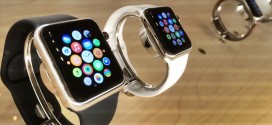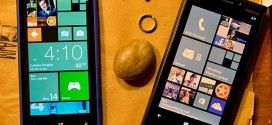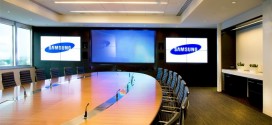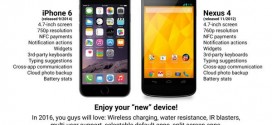It should come to nobody’s surprise that Android tablets are doing so well. Hell, in the charts of operating systems for mobile devices, Android is taking up more than half of the allocated space, and that’s saying something considering it was the newest guy to come at the park. Android had an astounding growth in a very short time managing to surpass other titans that were there fighting in the big leagues long before Android was even created.
With the way things are now, it would only seem logical to start and crunch up a few numbers and see how things are going. It would appear that in terms of tablet usage, the United States own the most, and while the iPads were very popular in their days, Android tabs seem to be more and more widespread across that land. Some may even say that later this year they will overtake the iPad. As the Localytics provided chart below clearly shows, this is how we currently stand. Amazon should take a lot of credit for that too, as it is their tablet that is the most widespread.

Localytics being an app analytic company, the data you see here is recorded from the apps running on different platforms in said areas. They say that they have a total of over 500 million unique devices providing them with analytic evidence.
With stats like this, it is pretty easy to call the Amazon Kindle Fire the world’s most popular Android tablet. However, this is a victory on only a certain region, not yet applicable on the worldwide status. After all, the US was the main target for Amazon in terms of the Kindle Fire ( believe me, I would have loved to purchase one for how cheap it comes, but Amazon doesn’t deliver where I live ). They started rolling out the device for others as well, but take the UK for instance – they only received this tablet in December of 2012, tablet which was available for purchase an year ago in the US.
However, if you are to consider things on the global scale, Samsung is the one that still holds the crown. Studies show that the Korean device manufacturer’s Galaxy line accounts for around 76% of all Android tablet usage in all non-US markets. After that comes the Nexus 7 with its 15% and after that we have the Kindle Fire with its mere 9%.
There are indications from Localytics that if Amazon ever manages to solve its international distribution problem, things would be different and the US success stands proof of their ability to quickly dominate the tablet market worldwide.
But here we are faced with a problem. While the Kindle Fire – popular as it may be – is still considered an Android tablet, many would consider this device to be a faux-Android. It was not built on an official Google version, instead they made it in a sort of forked manner with Amazon, thus making it that the traditional Google Play will be unavailable for the Kindle Fire. What this means exactly is this: Amazon gets more control over their product, thus allowing it to push its own brand of advertising and services, and also, this is somewhat detrimental to the developers as they are driven to develop things for the Kindle Fire INDIVIDUALLY, and only afterwards hope for global distribution.
There are those who would encourage this initiative of Amazon to create yet another distribution method, an alternative if you will to Google Play, but for one such as I with little to no Amazon access, it is most detrimental. Hopefully, will they be able to finally fix their international problems, things will be different. Again, only time will tell.








